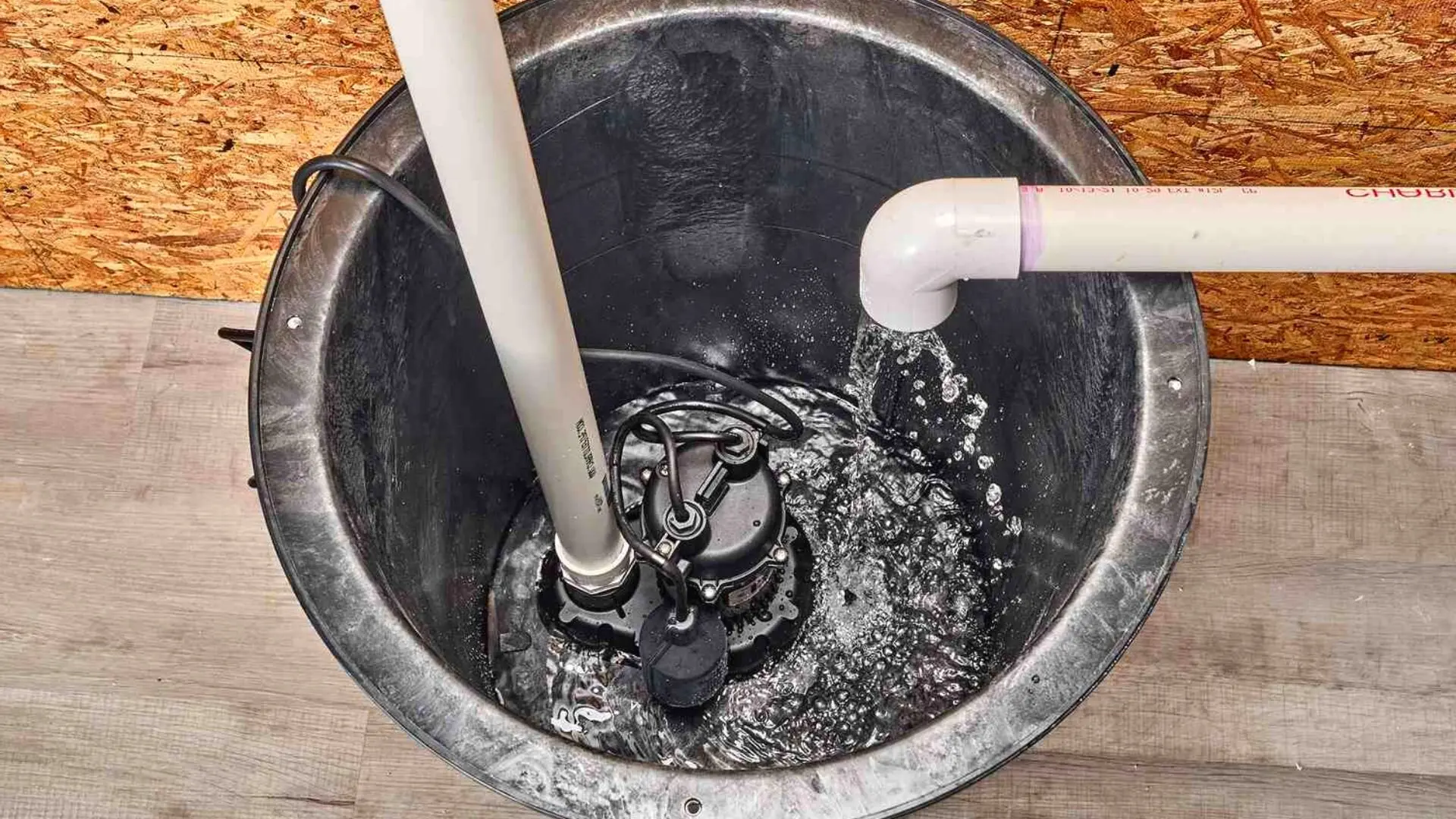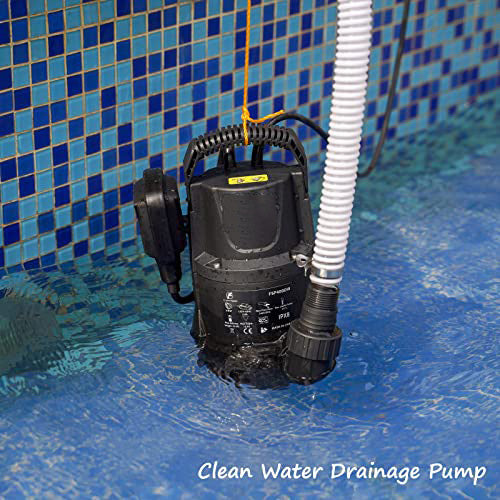Just how do you feel on the subject of How To Effectively Clean A Sump Pump?

Sump pumps are critical elements in numerous homes, especially in locations vulnerable to flooding or excessive wetness. They aid avoid water damages by efficiently removing excess water from basements or crawl spaces. However, like any other home appliance, sump pumps require regular maintenance to guarantee they work efficiently when needed the most. Cleansing your sump pump is an important part of its upkeep, and comprehending just how to do it appropriately can save you from pricey repair services and possible catastrophes.
Intro
Preserving a tidy sump pump is essential for its appropriate performance and longevity. Ignoring this necessary task can cause blockages, breakdowns, and inevitably, water damages to your residential property. Therefore, finding out just how to cleanse a sump pump is crucial for home owners that count on these gadgets to maintain their basements completely dry and safeguarded.
Understanding the Sump Pump
Before diving into the cleansing process, it's essential to have a basic understanding of just how a sump pump works. Normally mounted in a pit or container listed below the cellar flooring, a sump pump consists of a number of crucial elements, including a pump, a float button, and a discharge pipe. When water builds up in the pit, the float switch activates the pump, which after that pumps the water out through the discharge pipeline, away from the structure's structure.
Indications of a Dirty Sump Pump
Knowing when your sump pump needs cleaning is important for preventing potential breakdowns. Some usual indicators that show a dirty sump pump consist of odd noises throughout operation, decreased water flow, and visible debris in the pit. If you see any one of these symptoms, it's necessary to cleanse your sump pump quickly to prevent any kind of more concerns.
Getting ready for Cleansing
Prior to you begin cleaning your sump pump, it's essential to take some safety preventative measures. Begin by turning off the power to the pump to prevent any type of electrical crashes. In addition, use suitable safety equipment, such as handwear covers and safety glasses, to protect on your own from dust, particles, and potential pathogens.
Detailed Overview to Cleaning Up a Sump Pump
Shutting Off the Power
Begin by detaching the power supply to the sump pump to avoid any kind of mishaps while cleaning.
Eliminating Debris and Dirt
Use a pail or an inside story to remove any kind of noticeable debris, dust, or debris from the sump pit. Dispose of the debris properly to avoid it from clogging the pump or the discharge pipeline.
Cleaning up the Pump and Drift Change
Once the pit is clear of particles, meticulously eliminate the pump from the pit. Evaluate the pump and the float button for any indications of damage or wear. Make use of a soft brush or towel to clean up the surface areas and eliminate any type of built up grime.
Purging the System
After cleaning up the pump and float switch, purge the sump pit with tidy water to get rid of any continuing to be dirt or debris. This will assist make sure that the pump runs smoothly and successfully.
Looking For Correct Performance
Prior to reinstalling the pump, do a quick test to make certain that the float button turns on the pump properly. Pour some water right into the sump pit and observe the pump's procedure. If everything is operating appropriately, you can reassemble the pump and reconnect the power supply.
Upkeep Tips to Keep Your Sump Pump Clean
In addition to regular cleaning, there are several maintenance tips you can comply with to maintain your sump pump in optimal condition:
- Normal Examination: Inspect your sump pump frequently for any kind of signs of wear, damages, or blockages.
- Maintaining the Surrounding Area Clean: Ensure that the location around the sump pit is without debris, dirt, and blockages.
- Testing the Pump Periodically: Test your sump pump occasionally by putting water right into the pit and observing its operation. This will certainly assist you determine any type of prospective issues prior to they rise.
Final thought
Cleaning your sump pump is an important aspect of its upkeep and makes certain that it runs efficiently when you need it the most. By complying with the actions outlined in this overview and integrating routine maintenance into your routine, you can expand the life-span of your sump pump and secure your home from water damage.
6 STEPS ON HOW TO CLEAN A SUMP PUMP PROPERLY
UNDERSTANDING SUMP PUMPS
Your sump pump plays a crucial role in protecting your home by managing and removing excess water. It primarily functions as a “shield”, guarding your basement against the damaging effects of water accumulation. The pump is housed in a sump pit in the lowest part of your basement, and its job is to pump out any water that collects there.
During heavy rainfalls or when snow melts rapidly, water can infiltrate your basement, posing potential risks like flooding, structural damage, and harmful mold growth. Here, the sump pump springs into action, pumping out the intruding water and directing it away from your home.
SAFETY FIRST
Before cleaning, remember to prioritize safety. Disconnect the sump pump from the power source to prevent any accidental electric shocks. Also, wear sturdy gloves to protect your hands from any sharp or dirty components within the pump.
REMOVE THE SUMP PUMP
After ensuring your safety, the next step is to remove the sump pump from its pit. Doing this might require careful maneuvering as you don’t want to damage any pump components. Once removed, clean the sump pit to remove any accumulated debris or sludge.
INSPECT THE PUMP
Inspect the pump for any visible signs of wear or damage. Check the power cord, float switch, and impeller housing. If any components look worn out or damaged, consider replacing them to ensure optimal performance.
CLEAN THE PUMP
Thoroughly clean the pump with warm, soapy water. Make sure to rid it of any dirt, gravel, or other debris that might impede its performance. You can use a toothbrush to clean the small, hard-to-reach parts of the pump.
REINSTALL THE SUMP PUMP
- Reinstall the pump into the sump pit
- Make sure it’s positioned correctly to remove the water effectively
- Once it’s back in place, reconnect it to the power source
TEST THE PUMP
Finally, pour some water into the pit to ensure the pump works correctly. It should start automatically and begin pumping out the water; if it doesn’t, check the power source and the positioning of the pump.
Remember, while cleaning your sump pump is an essential part of home maintenance, hiring a professional plumber for a thorough inspection and cleaning at least once a year is also important. This will ensure that your pump is in optimal condition, ready to protect your home from potential water damage.
BEST PRACTICES FOR CLEANING SUMP PUMP DISCHARGE PIPES
- Regular Inspection: Regularly inspect your discharge pipes, especially during heavy rainfall or snowmelt periods. Look for any signs of blockage or damage. Early detection of problems can prevent serious issues down the line.
- Periodic Cleaning: Over time, sediment and debris can accumulate in the discharge pipes, impeding the flow of water. Regular cleaning helps keep the pipes clear and functioning efficiently. You can use a high-pressure water jet to effectively clean the pipes.
- Insulation During Winter: In colder climates, discharge pipes can freeze, blocking the outflow of water. Protect your discharge pipes from freezing temperatures by insulating them with foam pipe insulation. This will ensure the sump pump can continue to discharge water even in freezing conditions.
- Proper Positioning: The discharge pipe should be positioned to direct water away from your home’s foundation. Improper positioning can lead to water seeping back into the basement. Ensure the pipe is long enough and angled correctly.
- Installation of a Check Valve: A check valve prevents water from flowing back into your sump pit after the pump has pushed it out. Installing a check valve helps maintain the efficiency of your sump pump and reduces the risk of flooding.
- Minimize Pipe Turns: Every curve or turn in the discharge pipe can decrease the efficiency of water flow. By minimizing turns and bends in your discharge pipe, you can increase the efficiency of your sump pump.
https://www.fullspeedplumbing.com/how-to-clean-a-sump-pump-properly9999/

I discovered that content on Steps to Cleaning Your Sump Pump Properly while doing a lookup on the web. Are you aware of anybody else who is fascinated with the subject? Why not share it. I praise you for your time. Return soon.
Call Today
Comments on “The Guide to Effectively Caring for a Sump Pump”